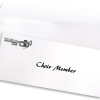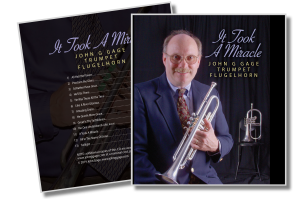Church Orchestra
Reading Bass Clef Parts for an Eb Treble Clef Instrument
A SKILL USEFUL FOR: Alto Saxophone, Baritone Saxophone, and Contrabass Clarinet, reading parts originally written for trombone, bassoon, cello, etc.
STEP ONE: Change the key signature – add three sharps and read as in treble clef
NOTE: “Add three sharps,” can also mean to cancel some flats. For instance, adding three sharps to the key of Bb major (two flats) would result in the key of G major (one sharp).
STEP TWO: Read all notes as is. When there are accidentals (sharps, flats, or naturals), read the accidentals as they are, except as noted below.
NOTE: Alto Sax will need to read the notes one octave lower to play the correct pitch. For example, 5th line A in the bass clef should be read as 1st space F in the treble clef.
STEP THREE: For C, F, and G, do not read the accidental as is – change the accidental so that the note will be one half step higher, as noted below:
• raise a flat to a natural
• raise a natural to a sharp
• raise a sharp to a double sharp
The easy way to remember this is that F, C, and G are the first three sharps in the sharp key signature series. So when you add three sharps to convert to the Eb transposition, C, F, and G have to be raised an extra half step!

This article is courtesy of davidwinkler.com
![]() To Download this article: CLICK HERE
To Download this article: CLICK HERE








